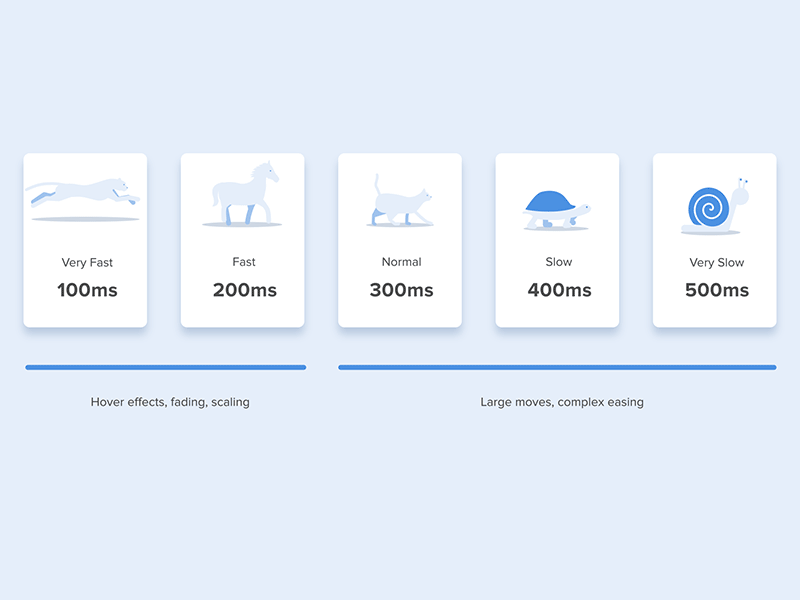I’ll start with a simple question:
How do we distinguish a Rolex, Omega or Chopard watch by function?
In terms of operation, there is no big difference between a Rolex watch, a Omega and a Chopard watch. The function of the watch it’s to time the passage of the time, and to remain attached to the wrist.
So, why do I choose a Rolex?
For what it stands. Regardless of how it works, having a Rolex is a sign of prestige, status, luxury.
Based on this (Taking this in count), we can divide the evaluation of a product into 3 categories: Utility, Usability, and Desire. In other words, it meets the needs, easy, enjoyable.
Can we give an order, by priority, when we choose a product?
There is no such thing as right order, consoling this to main 3 categories, however, a product that fulfills all the 3 categories is a successful product. Still, the desirable being often prevails. Why?
“Decisions are largely emotional, not logical”
According to Portuguese neuroscientist António Damásio (1994), emotion is part of the reasoning process and can play a huge role in the purchase decision process. If a product evokes positive emotions, in a particular individual, it can potentially become a product of desire.
So, how do we evoke emotions in a product?
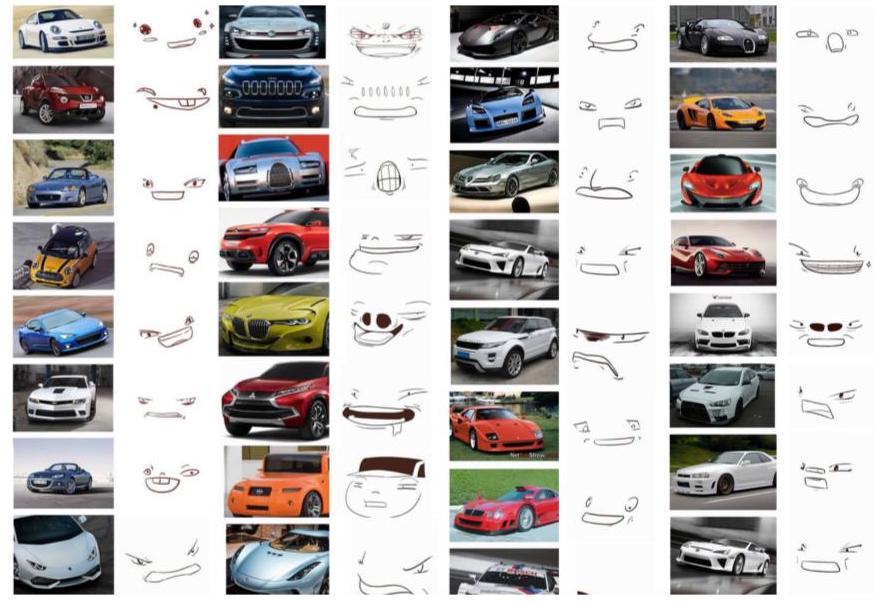
The insertion of human values
Through the insertion of human values, unconsciously when we look at something we always find an emotional response. At Philips Design this is a method of research to define personality, as an essential feature.
Product Personality Assignment it’s about designing human characteristics in products. Different people give different characteristics to the same products and at the same time, there are possible patterns of response from users, taking into count their life experiences.
“Everything as a personality, everything sends an emotional signal
When we recognize a human characteristic that we associate with something that we are familiar with, we are easily inclined to purchase that product. This effect is called. PAREIDOLIA- perceive a family pattern where none exists. If this happens in the real world, what about the digital world?

Real World vs Digital world (From Human to Humane-Centered Design)
Doesn’t make sense to differentiate the real world from the digital world, because we remain the same people.
For instance, when we change our relationship status, Facebook asks us if we want to disable notifications from that person or take a break. This easily shows us that the digital world is connected to the real world.
The opposite, it’s the same: Why do we fill out forms online if in the real world we only do it when we have a purpose? The same thing happens when we receive 4 calls in a row from the same health insurance. The same feeling is given when websites have more than 4 cta’s for the pages.
“We fill out forms not because we want to, but because we have to. The only time contact forms are worthwhile is when you are trying to collect very specific information for the purpose of helping someone or completing a task. Otherwise, forms are a relic from web days past.“
Tobias Van Shineder
Another important aspect:
If I am warned to be careful in the real world, why am I not in the digital world?

Warn me when I’m about to be the asshole
“If you’ve ever had anyone accidentally overwrite your Dropbox files, tag you in an incriminating photo on Facebook, or send you undecipherable email threads in the middle of the night, you know what I’m talking about. And don’t play the martyr; I am sure you are just as guilty as the rest of us.
This kind of accidental annoyance isn’t that malicious — it’s usually just caused by confusion, miscommunication, and differences in personal preference.
There are good ways to prevent accidental annoyances: Make it possible for me to shut out the annoyance, make sure it’s not permanent, and warn me when I’m about to be the asshole.” Article
In the case of a Slack channel, if we mention “channel”, it warns us that not all users are in the same timezone as us.
And speaking of timezones:
Cultural aspects
Cultural aspects have a huge impact when we are designing something. What one culture finds attractive, another may not. For instance, in Japan, the numbers 4 and 9 are considered unlucky numbers, as well as thumbs-up it’s considered an offense in the Middle East, and like the extinguishers in China, they are blue and not red, because red is the color of the nation. Each culture attach their own meaning to certain colors and symbols and some may need to feel more confident in an experience, than others. Creating a cross-cultural design makes international users more likely to adopt localized products and stay loyal.
Design is experience
“Emotional design turns casual users into fanatics, ready to tell others about their positive experience. “
Aarron Walter
Emotion attracts something very valuable: memory.
With memory, we can say that the more intense the emotional experience is, the less will be our ability to consciously assess the situation. Negative experiences tend to require much more attention than positive experiences. Emotional experiences also affect the memory of events that occur just before them. (“already the other time this got stuck”)
Emotion creates meaning
“Emotions are aroused by associations with past experiences or by objects in the present moment. Feelings come from the internal representation of the thing, and not from the thing itself. ” Desmet, 2002
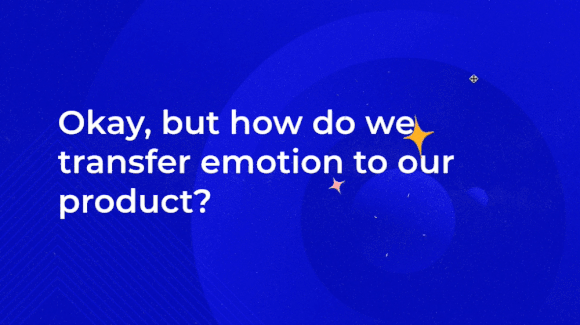
Emotional Triggers!
“These elements give the website or app personality and earn a spot in our hearts. In our opinion, it’s not going too far to say that giving your website or app soul is the key to earning loyal fans”
Smashing Magazine
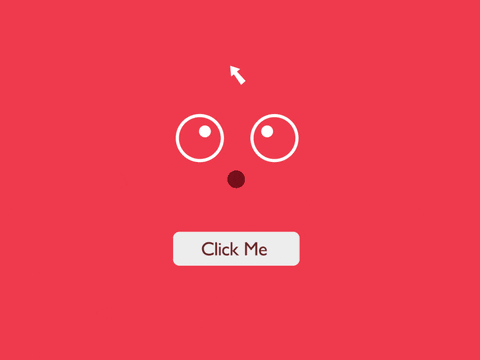
Temporal & Social Proof
The principle of social proof tells us that when people aren’t sure what to do, they look to the behavior of others to guide their actions. If we see a lot of other people doing something, we tend to view it as the correct behavior. Temporal trigger could be a lot of things, but in this case, someone that took the first action but was not convinced on the first try, or simply forgot, so we need to remind and try to convince the user to finish the action, by combining the two triggers.
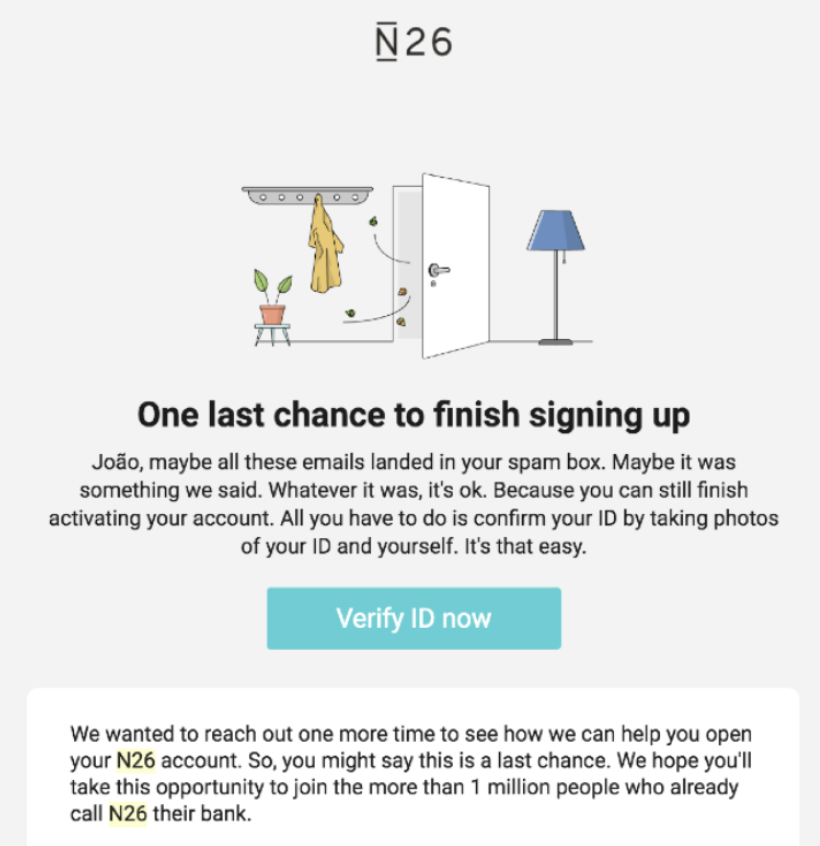
Decompression & solidarity
In this case of Mailchimp, there’s some comprehension behind how the user is feeling by taking a huge action.

Reward
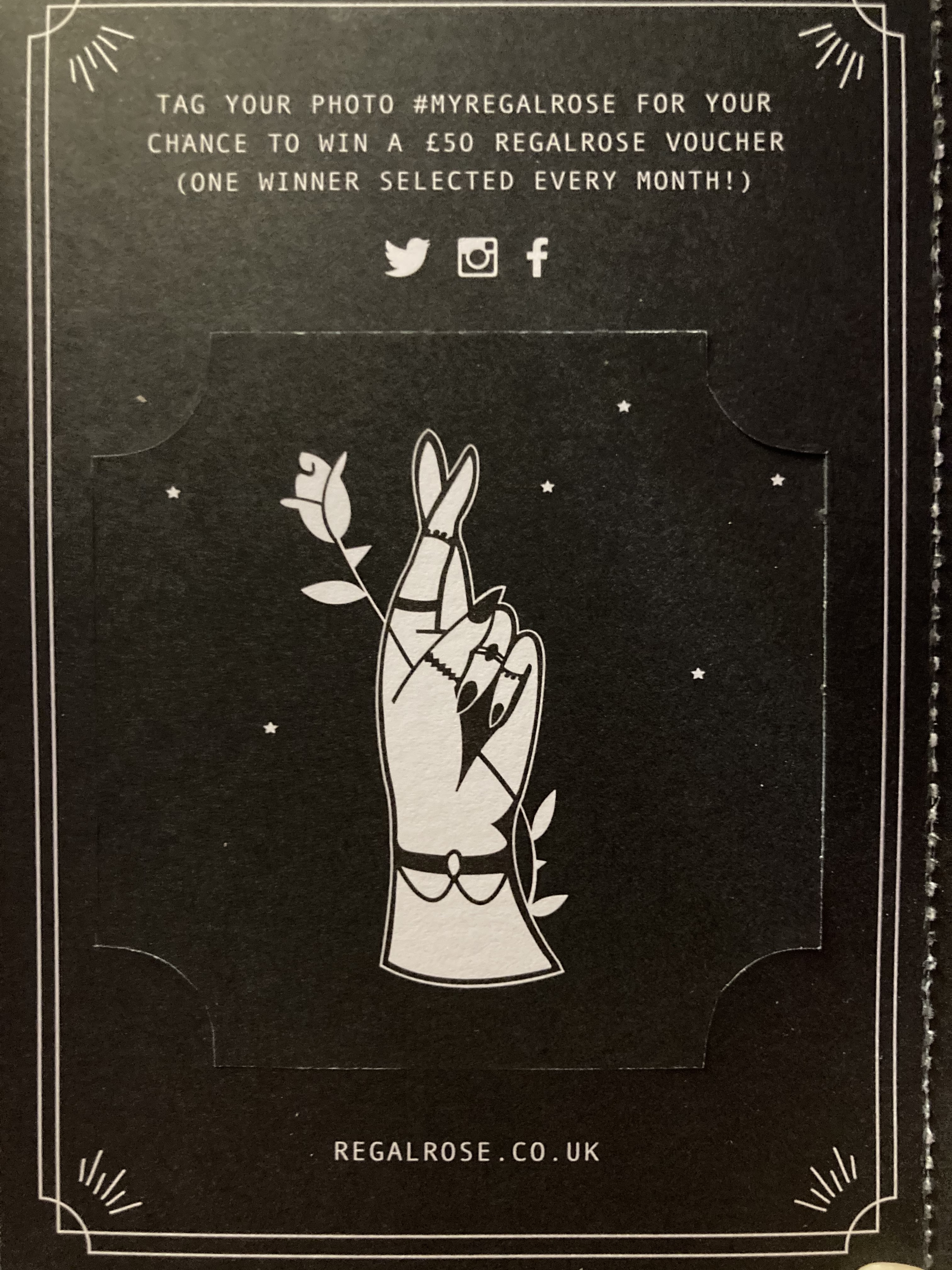
Feedback
